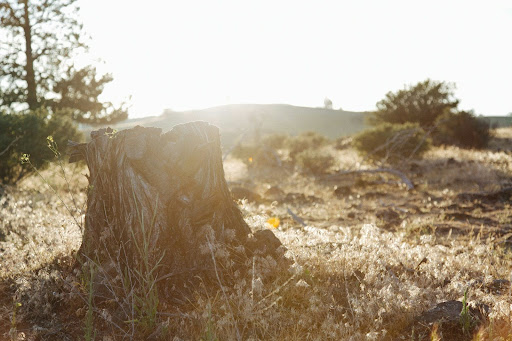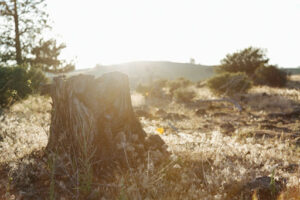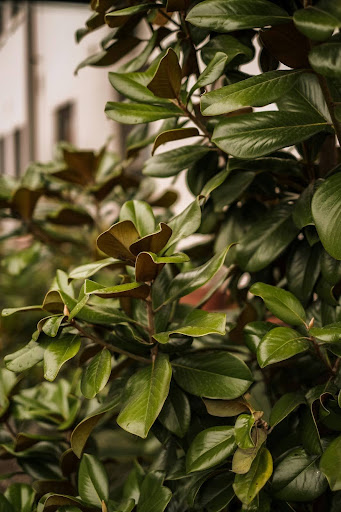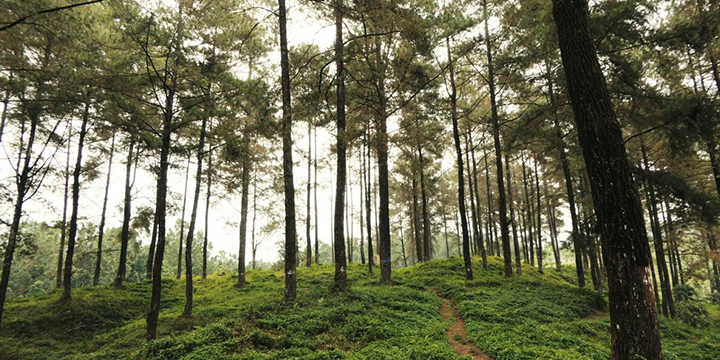
Mastering Tree Pruning Techniques in Grapevine
Date November 22, 2024
Trees add natural beauty and value to any landscape in Grapevine, Texas, but proper pruning is essential to maintain their health and longevity. Whether removing diseased branches or thinning out heavy limbs, regular pruning can protect trees for years to come. Regular pruning practices are easy to learn and can keep trees strong, healthy, and beautiful.
Pruning Dead, Diseased, or Dying Branches
Image via Unsplash by Kyle Glenn
Dead, diseased, or dying branches can weaken a tree’s structure, impede growth, and even spread illness to nearby healthy branches. Discoloration, wilting, or unusual textures can often indicate diseased branches. Signs of deadwood, such as brittle branches that snap easily or dark lesions on the bark, can signal internal decay.
When pruning, cutting branches cleanly and using sterilized tools is important to avoid transferring diseases. Pruning shears, loppers, and saws should be sanitized before and after each cut, especially when removing infected parts of the tree. Keeping tools clean minimizes the spread of fungi, bacteria, and other pathogens that can easily migrate from one branch to another.
Trimming for Safety
Beyond a tree’s health, pruning also plays a significant role in enhancing safety. Trees with dead or weakened branches are prone to falling, which can pose serious risks to people and property, especially during storms. Overgrown, top-heavy trees are particularly vulnerable to wind damage, which can uproot or topple improperly trimmed trees. Removing heavy limbs and selectively trimming branches reduces the risk of storm damage and creates a safer environment.
Areas where branches overlap or cross can cause friction wounds that weaken a tree over time. Safety pruning also includes assessing the proximity of branches to structures, power lines, and walkways. Keeping trees trimmed correctly reduces their susceptibility to strong winds, heavy rain, and other environmental stressors that can lead to broken limbs or toppled trunks.
Pruning for Tree Growth and Health
Late winter to early spring is typically the best time for pruning most trees, as it allows the tree to heal before new growth begins. When pruning to promote growth, arborists work with the natural form and shape of the tree to direct growth outward and reduce the risk of water damage. They make each cut at a quarter of an inch above an outward-facing bud at a 45-degree angle.
One recommended method for removing larger branches is the three-cut technique. This begins with an undercut about 18 inches from the base of the branch. Then, a second cut is made from the top side, slightly farther out, to allow the branch to fall without tearing the bark. A clean cut just outside the branch collar finishes the technique, avoiding the trunk while ensuring a smooth cut to promote natural healing. This three-step process helps the tree form a callus over the wound, which is essential for disease resistance and recovery.
Properly pruned trees not only look pleasing but are also healthier and more resilient against environmental stresses. At TreeNewal, our team is dedicated to maintaining the health and beauty of your trees through expert pruning and trimming. Reach out today to learn how our arborists can help keep your Grapevine landscape vibrant, safe, and beautiful year-round.








